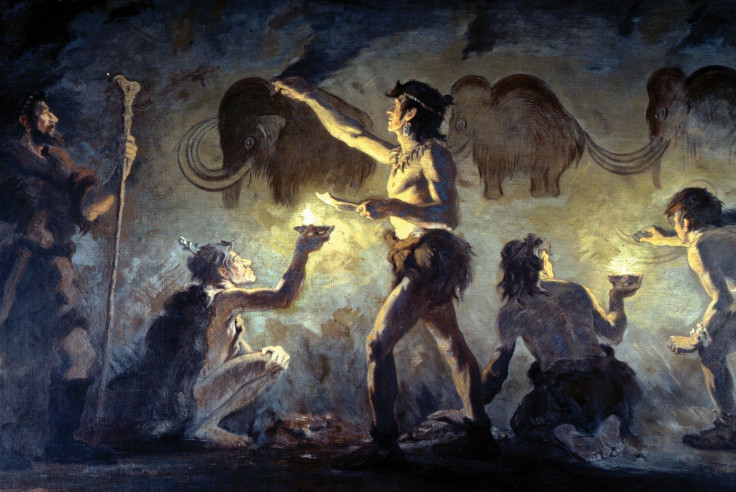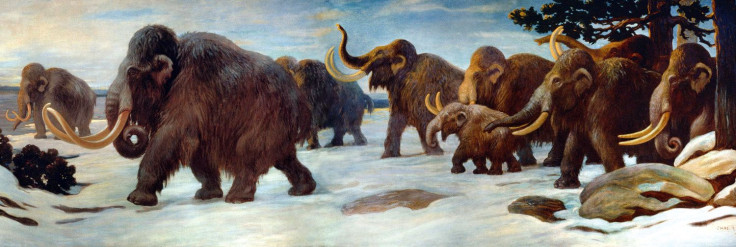How Woolly Mammoths Are Related To Humans: 2 Species With A Historic Connection

Woolly mammoths and humans have a long, shared history going back to the days of hunting and leading up to today, when we can admire their enormous skeletons thousands of years after they went extinct. Humans would not have been the same without those giant creatures, which are relatives of modern elephants, and woolly mammoths would not have been the same — or had the same fate — without our own species.
Because they are an iconic extinct animal, many people may have the idea that woolly mammoths are much older than they really are, perhaps as old as the dinosaurs. The reality is that although their ancestors were chilling out in Earth’s cold climates as humans evolved on the warmer African continent, woolly mammoths themselves didn’t appear on the scene until a few hundred thousand years ago.
To put their total timeline into perspective, the mammoths are said to have peaked as a species about 45,000 years ago and started to decline not long afterward, eventually going extinct in mainland North America, Asia and Europe by about 8,000 BCE and their isolated island populations dying out a few thousands years ago, finishing off their quiet disappearance from the animal kingdom.
During their fall, the laws of natural selection made them a dreadful sight, according to a recent genetic analysis: As mammoth numbers dwindled and negative traits proliferated through the gene pool, they lost their sense of smell, they had digestive issues and their coarse hair had turned to translucent satin. The mammoths also suffered from bone diseases like osteoporosis.
But before those strong, tusked beasts transformed into frail victims of evolution, they were on the sidelines of human history. The mammoths were alive as humans developed their first civilizations, creating writing systems and building nations. Prehistoric and ancient humans, including human species that are now extinct, painted them on the walls of caves and scavenged or hunted them for their meat.
Research shows they were good eats — a study from earlier this year found that some people alive today are still benefiting from the meals. The countries with the tallest men in the world tend to have a large percentage of their population carrying a certain gene passed down to them from the ancient Gravettians, who had their own culture between about 20,000 and 30,000 years ago and hunted mammoths. The Stone Age hunters got a lot of protein from their game, enabling them to grow tall. Now men in Bosnia and Herzegovina, as well as other places, who are part of the DNA line of the Gravettians are often taller than people in other countries.
The protein source didn’t last very long, however, as the woolly mammoths went extinct a few thousand years ago. Many experts say human hunting habits contributed to their demise, another way in which our two species are connected.

© Copyright IBTimes 2024. All rights reserved.





















